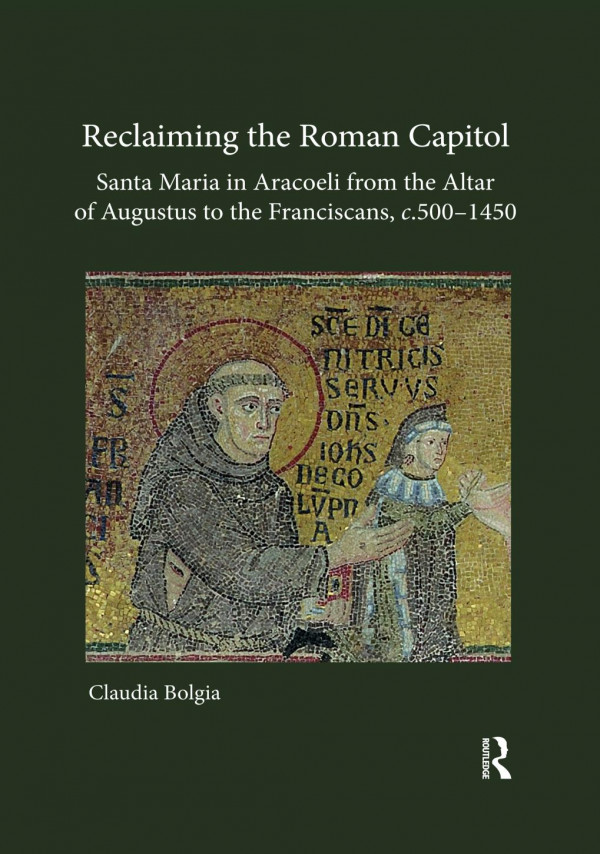

Most ebook files are in PDF format, so you can easily read them using various software such as Foxit Reader or directly on the Google Chrome browser.
Some ebook files are released by publishers in other formats such as .awz, .mobi, .epub, .fb2, etc. You may need to install specific software to read these formats on mobile/PC, such as Calibre.
Please read the tutorial at this link: https://ebookbell.com/faq
We offer FREE conversion to the popular formats you request; however, this may take some time. Therefore, right after payment, please email us, and we will try to provide the service as quickly as possible.
For some exceptional file formats or broken links (if any), please refrain from opening any disputes. Instead, email us first, and we will try to assist within a maximum of 6 hours.
EbookBell Team

5.0
58 reviewsProminently located on the Arx, the northern summit of the Capitoline hill, S. Maria in Aracoeli is the most significant medieval church of Rome to survive to the present day. Second major church of the Lesser Brothers or fratres minores in the Italian peninsula, and Roman headquarters of the Order, the Aracoeli played a vital role in the interaction between the Franciscans and the papacy, the friars and the laity, and the religious and civic authorities, as reflected in its art and architecture. On the basis of an interdisciplinary approach combining archaeological analysis with the finding of new archival evidence, reinterpretation of documents and literary and epigraphic sources, this book offers a reconstruction of the original church, its monuments and its Benedictine as well as eighth/ninth-century predecessors, which differs radically from earlier hypotheses. This reassessment in turn allows the author to revisit a number of major questions, including the Franciscans’ physical and theoretical appropriation of the past, the adaptation of an ancient site by a ‘modern’ religious order, the use and functions of space, the interaction between friars, laity and artists, and the contribution of the Roman Franciscans to the development of Marian devotion, thus shedding new light on the social, political and religious history of late-medieval Italy and its impact beyond the peninsula, from England to Bohemia and the Holy Land.